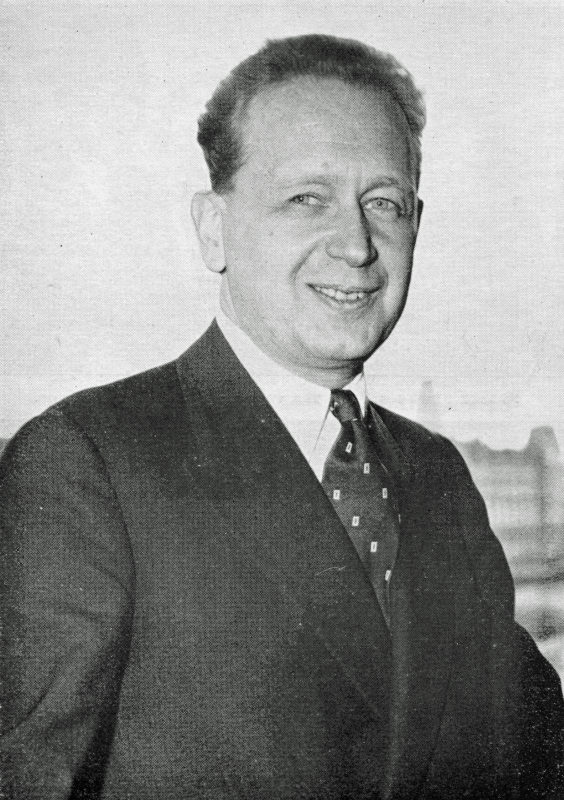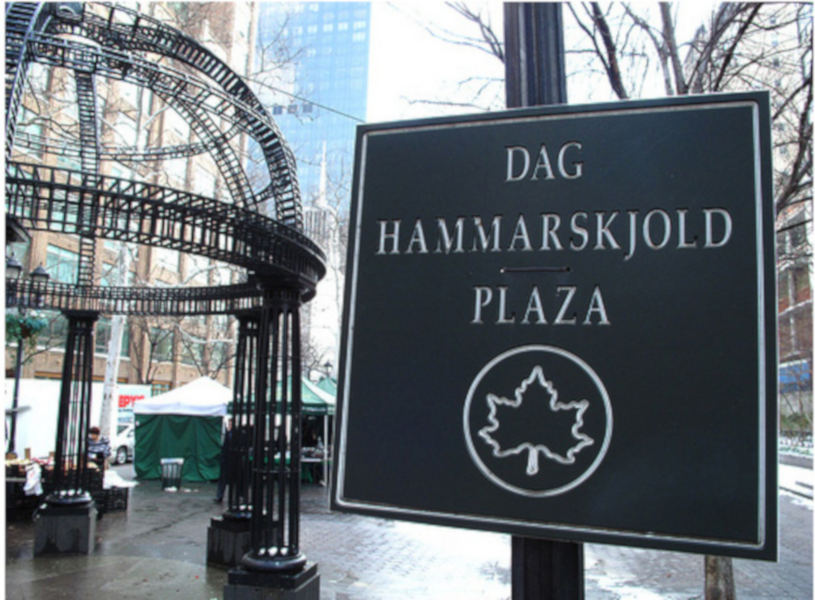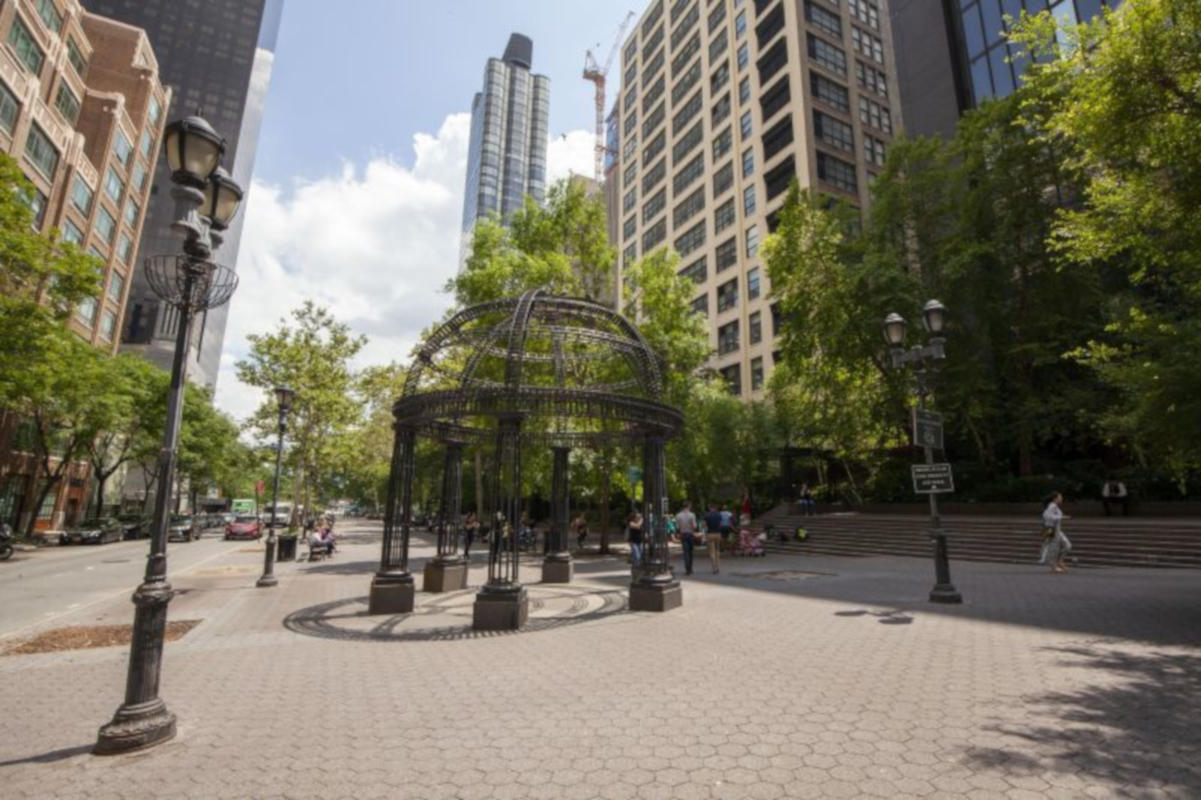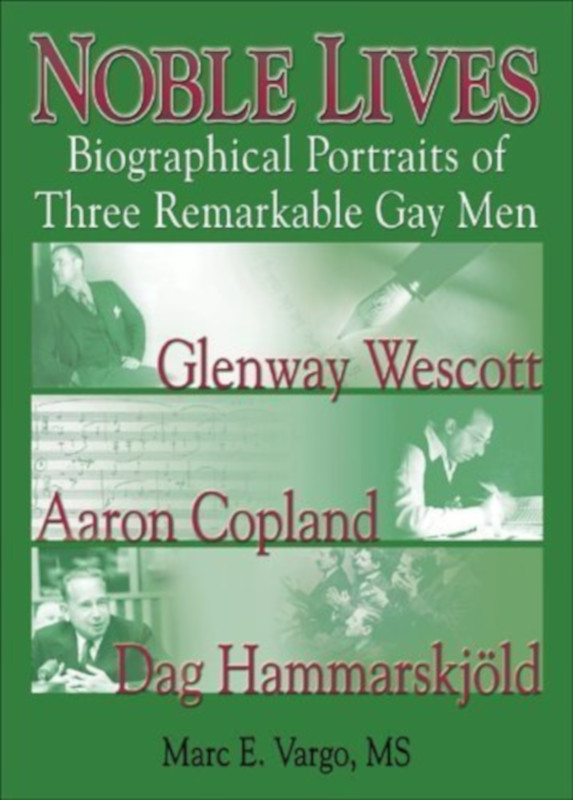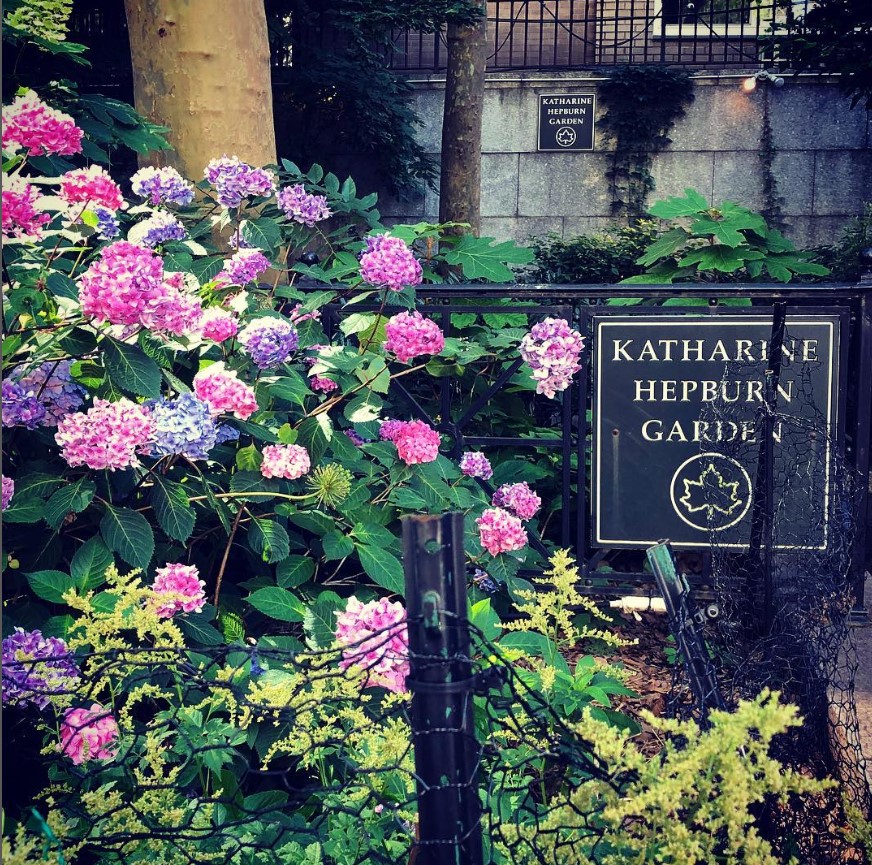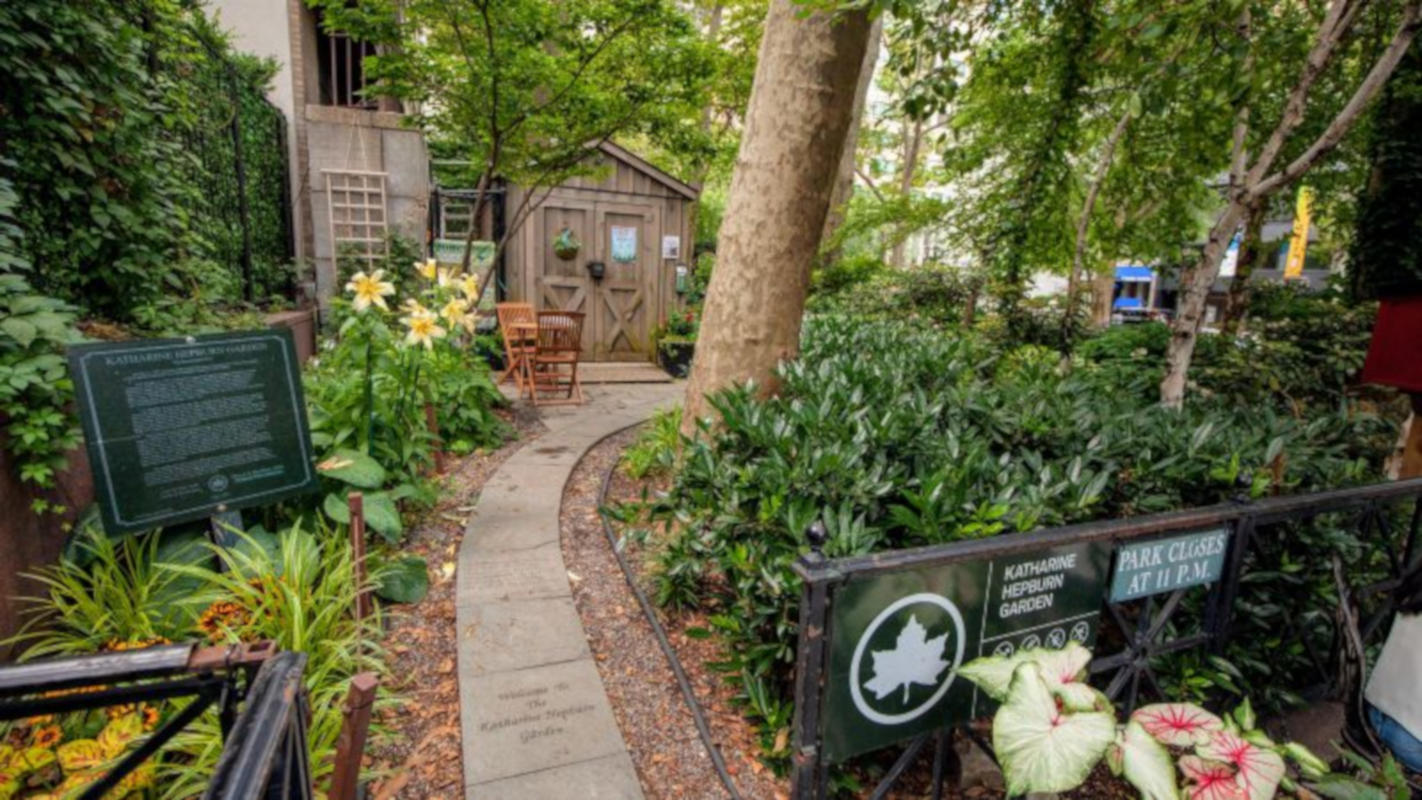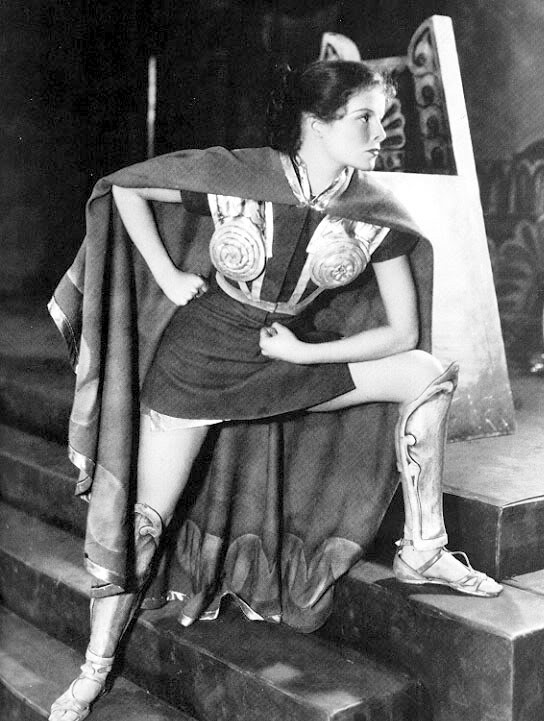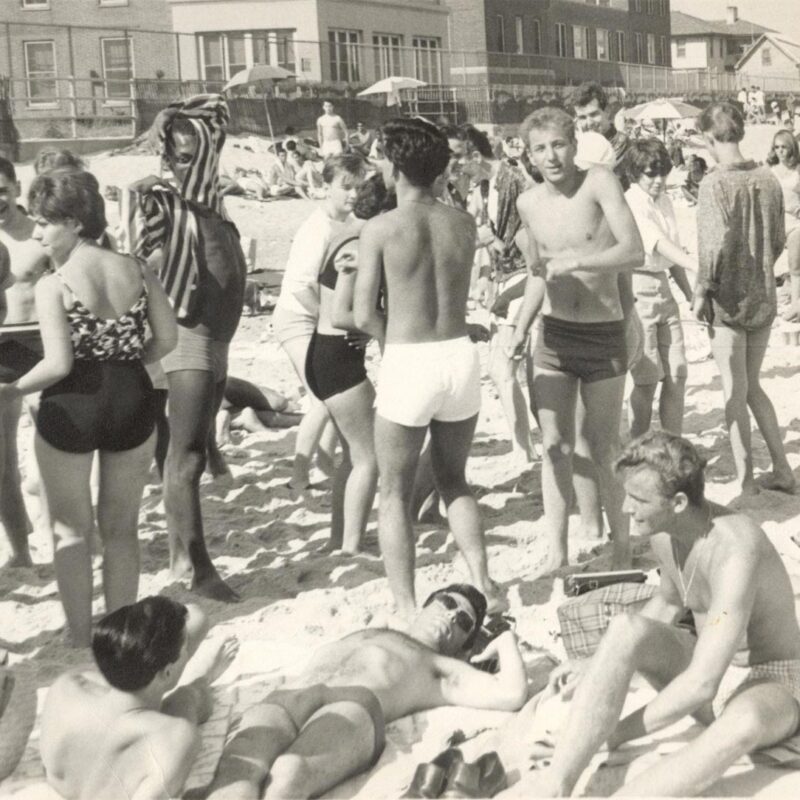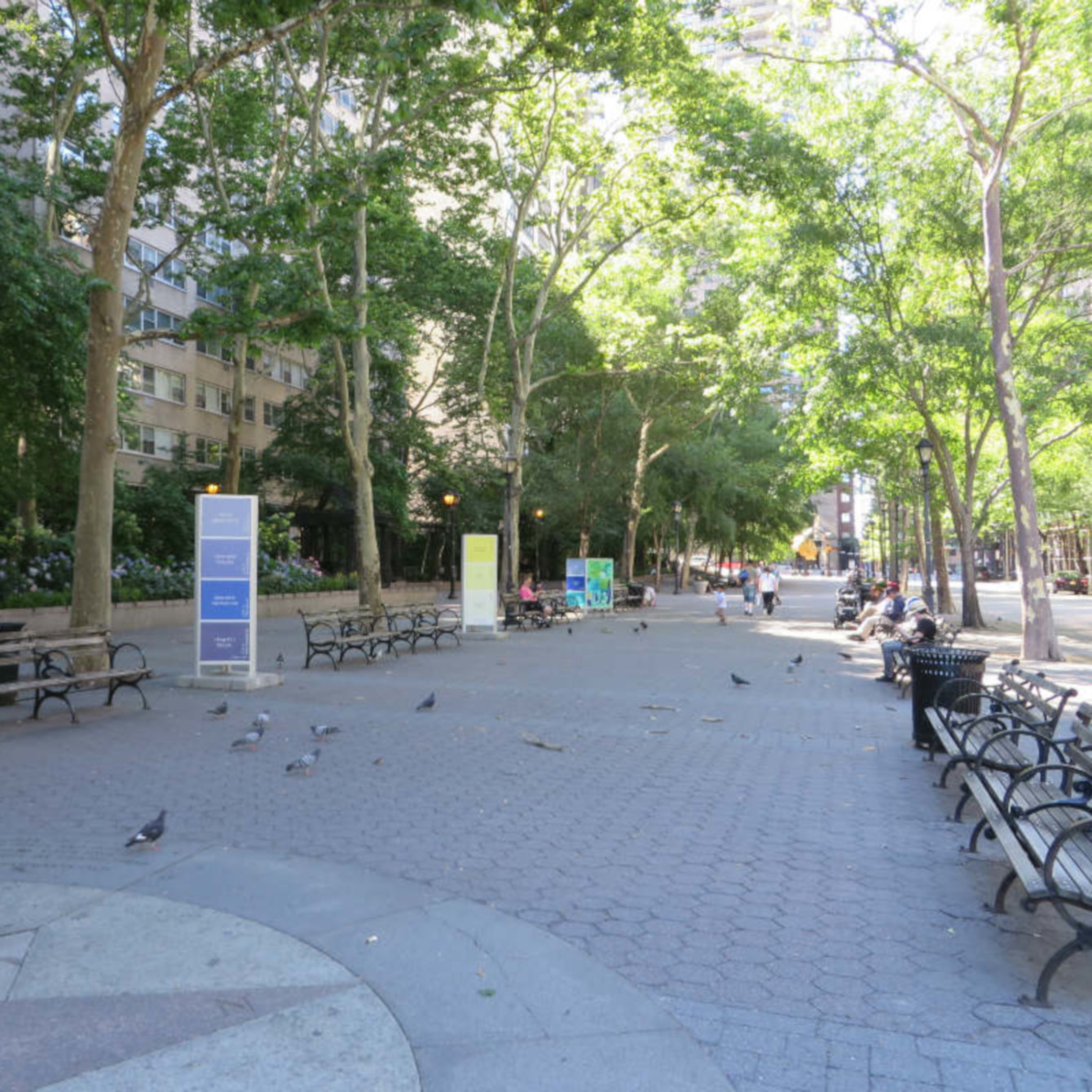
Dag Hammarskjöld Plaza / Katharine Hepburn Garden
overview
Many New York City public parks and playgrounds are named in honor of prominent figures in New York City and American history. In addition, there are memorials that honor LGBT individuals.
Dag Hammarskjöld Plaza and Katharine Hepburn Garden, in Manhattan, inadvertently honor LGBT individuals.
History
Dag Hammarsköld Plaza
Many New York City public parks and playgrounds are named in honor of prominent figures in New York City and American history. The NYC LGBT Historic Sites Project compiled a list of public parks and playgrounds named after gay men, lesbians, and bisexuals, several of which intentionally honor an LGBT individual. In addition, there are memorials that honor LGBT individuals. This list includes Dag Hammarskjöld Plaza and Katharine Hepburn Garden, in Manhattan.
This park, on the south side of East 47th Street between First and Second Avenues to the north of the United Nations building, was acquired by the City in 1948 and named Dag Hammarskjöld Plaza in 1961. It has been a site for public demonstrations for many years, including the fourth-ever U.S. gay rights protest, on April 18, 1965. It was also the location of a temporary installation of sculptures by Keith Haring in 1986.
The plaza honors Dag Hammarskjöld (1905-1961), Sweden’s representative to the United Nations General Assembly (1951-53), who was unexpectedly asked to serve as Secretary-General of the United Nations in 1953. He was reelected unanimously for a second term in 1957. During his tenure, Hammarskjöld was considered a crucial force in promoting peace throughout the world, in line with the United Nations charter. However, he was directly involved in the United Nation’s controversial intervention in the Congo in 1960 that led to the removal and murder of the country’s elected leader, Patrice Lumumba. Hammarskjöld died in a plane crash in Northern Rhodesia in 1961. The cause of the crash is now believed to be that it was shot down in retaliation for his involvement. He was posthumously awarded the Nobel Peace Prize.
An extremely private man, Hammarskjöld was born into a powerful political family and raised in a strict Swedish Christian tradition. He never revealed details of his personal life, even in his private journals. His sexuality was questioned during his lifetime, and he was subjected to gossip from columnists and political enemies. Though there is no direct evidence, biographers have concluded that he was probably homosexual, and possibly asexual, living a life of sexual abstinence and self-sacrifice, in devotion to his elevated international role and profile. The first English language book to address this was Noble Lives: Biographical Portraits of Three Remarkable Gay Men – Glenway Wescott, Aaron Copland, and Dag Hammarskjöld (2005) by Marc E. Vargo.
Katharine Hepburn Garden
In 1997, when Hammarskjöld Plaza was reconstructed, the Katharine Hepburn Garden was planted and dedicated. Named for actress Katharine Hepburn (1907-2003), who had moved to the Turtle Bay neighborhood in 1932, it honored her lifelong love of gardening and active participation with the Turtle Bay Association, starting in 1957 and lasting for several decades. She lived for over six decades two blocks away at 244 East 49th Street.
Hepburn appeared in 13 Broadway theater productions between 1928 and 1982, with her biggest success being Philadelphia Story (1939-40) at the Shubert Theater. Her leading role in The Warrior’s Husband (1932) brought her to the attention of Hollywood. She had an extraordinarily long film career, from 1932 to 1994, became a major star, and was the recipient of four Academy Awards for best actress. Hepburn was sometimes criticized as too “mannish” in her early work on stage, but she also broke contemporary norms of dress in her personal style for her time, preferring to wear pants. She carefully crafted her public image to conceal her possible bisexuality, and probable lesbianism, while she had many close life-long friendships with unmarried women and lesbians. Her sexuality has been widely discussed by, among others, friend and columnist Liz Smith, James Robert Parish in Katharine Hepburn: The Untold Story (2005), William J. Mann in Kate: the Woman Who Was Hepburn (2007), and Scotty Bowers in Full Service (2012).
Entry by Jay Shockley, project director (September 2021).
NOTE: Names above in bold indicate LGBT people.
Sources
“Dag Hammarskjöld Plaza,” NYC Department of Parks and Recreation, on.nyc.gov/3ACsy8Z.
David N. Gibbs, “Dag Hammarskjöld, the United Nations, and the Congo Crisis of 1960-1: A Reinterpretation,” The Journal of Modern African Studies (March 1993), 163-174.
James Robert Parish, Katharine Hepburn: The Untold Story (New York: Alyson Publications, 2005).
Jerry Flack, book review of Noble Lives, RLD Books, bit.ly/3o0JhiI.
“Katharine Hepburn Garden,” NYC Department of Parks and Recreation, on.nyc.gov/2XH5pnl.
Marc E. Vargo, Noble Lives: Biographical Portraits of Three Remarkable Gay Men – Glenway Wescott, Aaron Copland, and Dag Hammarskjöld (New York: Harrington Park, 2005).
Tavo Amador, “Was Katharine Hepburn Bisexual?,” Bay Area Reporter, November 22, 2005.
Do you have more information about this site?
This project is enriched by your participation! Do you have your own images of this site? Or a story to share? Would you like to suggest a different historic site?
